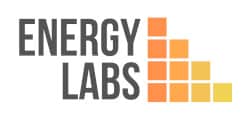Air-tight homes, while energy-efficient, can also have poor indoor air quality due to a lack of fresh air exchange. Decentralized heat recovery ventilation systems provide a solution to this problem by extracting stale air and supplying fresh air into the room, while recovering as much thermal energy as possible during the process.
Decentralized systems are designed to work in air-tight homes, which are built to minimize the amount of air leakage. These systems extract stale air from the building and supply fresh air into the room, which helps to maintain the proper levels of oxygen and reduce the build-up of pollutants and CO2. This can help to improve indoor air quality and reduce the risk of health problems associated with poor indoor air quality.
Decentralized systems also recover thermal energy from the stale air that is being exhausted from the building. This can help to keep the temperature inside the building more consistent and reduce the need for heating and cooling. This not only leads to energy savings but also helps to reduce the potential for mold growth.
Another benefit of decentralized systems is that they are low maintenance. Unlike centralized systems, they don’t require ductwork, which reduces the need for regular cleaning and inspection. This can save homeowners money on maintenance costs.
In conclusion, decentralized heat recovery ventilation systems are a great solution for air-tight homes. They provide a constant supply of fresh air throughout the building, recover thermal energy, and are low maintenance. These systems are a great investment for homeowners looking to improve indoor air quality, reduce the risk of health problems, and make their homes more energy-efficient.
